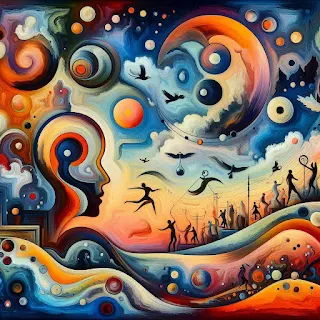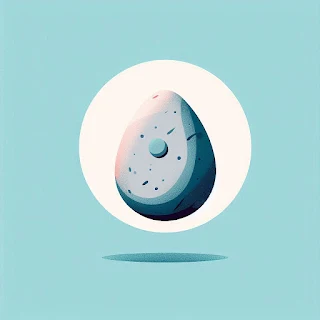With 3D printing, we may realize our most imaginative dreams in the world of contemporary technology. It is a true breakthrough. Beyond the realm of avant-garde art and useful uses like prostheses and architectural models, 3D printing has made it feasible to create things that were before unthinkable. 3D printing and surrealism, a movement renowned for questioning reason and delving into the subconscious, have one of the most fascinating intersections. By pushing the limits of reality itself, this union has given rise to an intriguing new genre of design and art.
Surrealism's Inception:
The works of Sigmund Freud had a significant impact on surrealism, an artistic style that emerged in the early 20th century. By investigating the illogical and the strange, it aimed to explore the dream realm and reveal the possibilities of the human mind. Surrealism was a tool employed by artists like as Salvador Dalí, René Magritte, and Max Ernst to subvert the spectator's understanding of reality and produce visually striking, thought-provoking pieces.Canvas to CAD: The Technological Transition:
Painting, sculpture, and film were the only conventional media in which surrealism could be found for many years. The possibilities for surrealism have, however, increased with the development of 3D printing. Artists and designers may now create items that were just dream-like by using modern manufacturing processes to translate abstract ideas into physical forms.Using 3D printing, complex structures that break traditional design guidelines may be created. Artists may use it to create items with impossible geometries—forms that loop, twist, and interlock in ways that are difficult or impossible to create by hand. This formal flexibility opens us a whole new way to investigate surrealism ideas.
Realist Design in Three-D Printing:
The potential of 3D printing to realize surrealist concepts in previously unthinkable ways is among its most alluring features. An artist may create a vase filled with flowers that seem to defy gravity by floating in midair, or a chair whose legs seem to be melting into the floor. The audience is left feeling incredulous and amazed by the completely realized three-dimensional surreal components, which are hinted at or inferred.3D printing has been used by artists such as Joshua Harker and Neri Oxman to expand their artistic horizons. Using 3D printing, Harker—who is well-known for his elaborate skulls and masks—explores themes of death and the hereafter in his artwork, frequently including improbable patterns and structures. In contrast, Oxman combines science and art to produce organic, biomimetic forms that defy our perceptions of the natural world using 3D printing.
Beyond the Arts: Surrealism in Usable Design:
The art sector isn't the only domain where surrealism has influenced 3D printing. In addition, designers are incorporating surrealist ideas into functional items to produce goods that are both useful and inventive. Consider a bookcase that swirls and twists like a Möbius strip, or a lamp that seems to be comprised of liquid light. These items ask the user to consider the nature of reality in addition to doing their intended function.3D printing allows for the customization of these designs, making it possible for individuals to bring their unique visions to life. This personalization adds another layer of surrealism, as objects can be tailored to reflect the subconscious desires and imaginations of their creators.
The Surrealist Fabrication of the Future:
There are countless opportunities for surrealism fabrication as long as 3D printing technology keeps developing. Creatives will be able to produce increasingly more elaborate and surreal creations because to advancements in materials, printing resolution, and software capabilities. Our perception of space, shape, and function may be challenged in the future by surrealist-designed rooms, buildings, and possibly entire cities.Moreover, the integration of artificial intelligence into the design process could further blur the lines between reality and imagination. AI-driven design tools could generate surrealist concepts that are beyond human comprehension, offering new avenues for creativity and exploration.







0 Comments